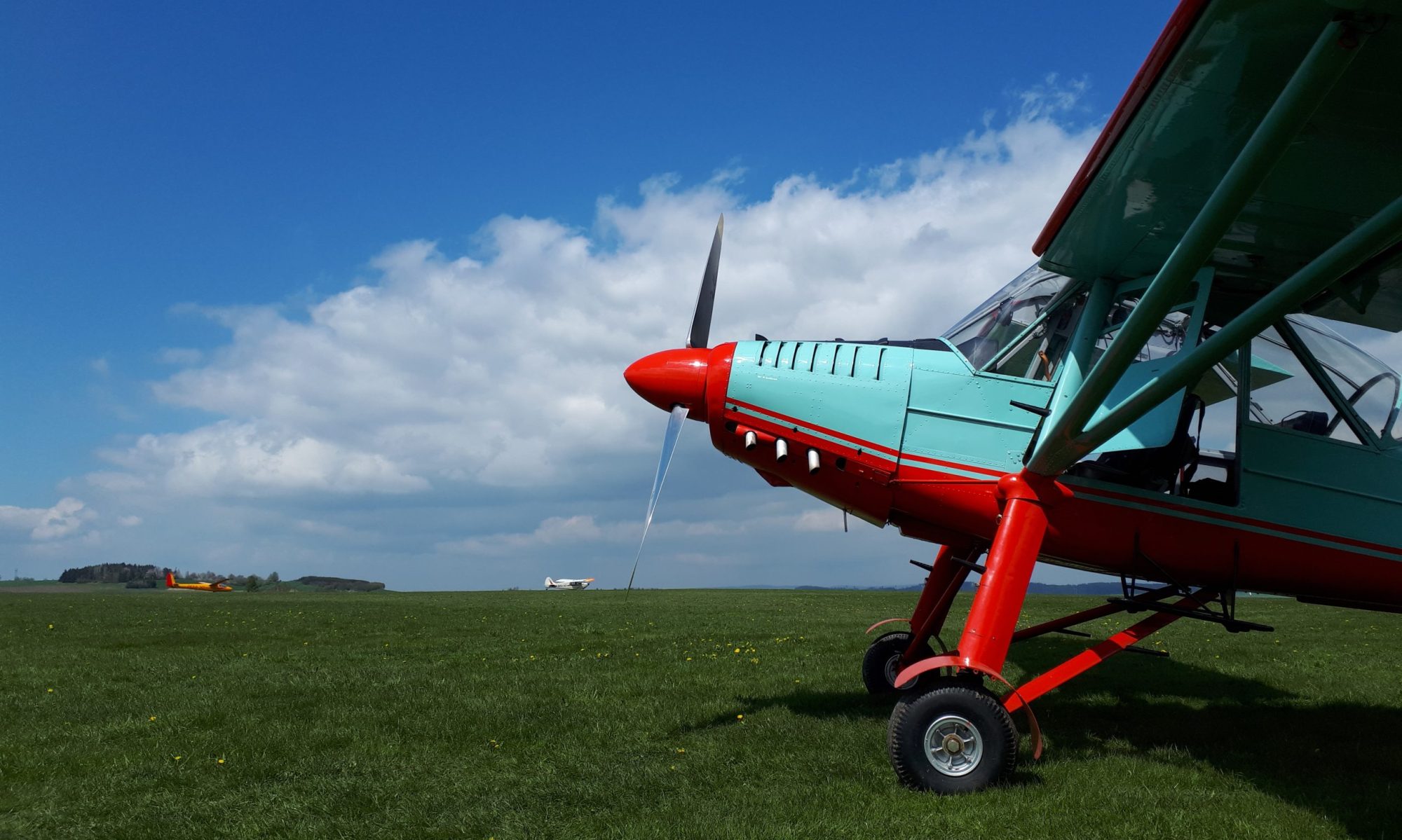It doesn’t matter whether you fly a little ultralight, heavy GA airplane or a shiny glider – some weeks it happens rarely, others more often or even every flight depending on your activity. You meet another plane. It might be a pleasant surprise when flying along similar course for a while, circle a 5-meter thermal with a incredibly-long-winged fella or taken aback by a hostile Messerschmitt or a Hurricane which suddenly emerged from the sun disk. In such situations you may wonder who was that guy/gal, what type that airplane was or where the sky waves have taken them after you waved on each other and set sail towards you own adventures. To give you some hints there is a new lovely feature in the logbook’s map which I venture to call “Encounters“!

Since mid February you might have already spotted a small blue dots on the map. The blue circles indicate where you might have met someone – another plane that was around a near location and at a similar time to yours (or the one whose flight-recording map you are just reading).

There might be gazillions of blue dots meaning you have probably met a contestants in a thermal, a single one when the tug plane was first encountered airborne during the tow or just a few random encounters along the track. Or just none.

Current thresholds are configured to 500m apart in distance within 10 seconds-long time window. The next (repeated) encounter marker may appear after 20 minutes the earliest – hence if you fly in formation your path shall not be marked by blue little dots all the way. Furthermore, the detection is active for OGN and FLR traffic only as the ICAO beacons were causing too much confusion.
As of this moment the encounters-detection seems to work rather nicely, however, as the lookup is considerably CPU-intensive we will see how it behaves once the season begins. 🙂




